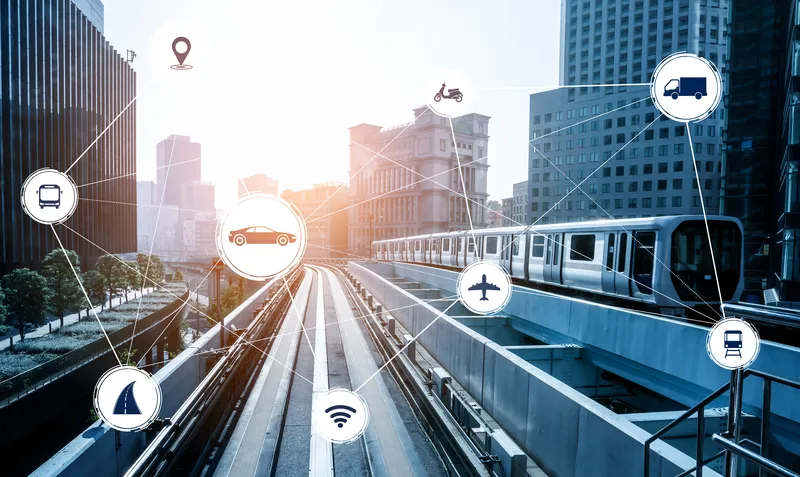
The recent technological boom has led to two major public advances: connected and automated vehicles (C/AVs) and smart cities. While these are significant in their own right, when coupled together they create a new way in which citizens can access city services; live in safer, environmentally-friendly communities; be part of a robust economy; and contribute to the betterment of their own lives - as well as those of their neighbours and future generations.
C/AVs use an array of sensors to collect vast amounts of data from their own vehicles as well as those around them. This data can then be used by city managers to more efficiently and effectively plan, react and manage city operations. C/AVs can collect many points of information including vehicle speed, braking, idling, emissions, location, engine diagnostics and even imagery of surrounding areas.
On-board systems can relay information to their drivers and passengers on available services, recommend less congested routes, and can even identify nearby amenities and available parking. C/AVs can also provide motorists with real-time congestion information, e-coupons for services, and also integrate ways for motorists to make reservations and even pay for services while in their vehicles.
Smart cities also use data collected through a robust set of sensors to improve the overall lives of their citizens. The smart city data, which ranges from water and air quality, traffic congestion, crime and incident responses, imagery, energy consumption, weather, and people’s location, can be used to provide better access to city services, improve safety, enhance environmental quality and advance a city’s overall economic position.
When pairing C/AVs and smart cities, the whole is greater than the sum of its parts. This pairing creates a powerful symbiotic relationship that can be used to even further improve the lives of a city’s citizens and motorists. It can:
• Provide robust, enhanced, real-time data for planning and analysis
Currently, most transportation-related data is provided either by infrastructure-installed sensors, captured from smartphone apps, or provided by third-party providers. C/AVs offer real-time information from a vehicle’s perspective for both the C/AV, as well as surrounding vehicles, bicyclists and pedestrians. This data, provided in real time to smart cities, can be used to better plan responses, manage public operations and ultimately improve a city’s quality of life through a safer, more reliable transportation network.
• Promote safer, more efficient incident responses and maintenance operations
By providing real-time information on incident responses and maintenance operations, and coupling that information with C/AV direction-finding information, traffic can be routed away from areas where these events occur. This means they can be conducted safely and efficiently without the worry of traffic congestion or surrounding traffic.
• Improve accessibility to city services
Through embedded communications and infotainment systems, cities can create an interactive, safe way for city managers to provide services directly to their C/AV motorists. When coupled with the enhanced data provided by C/AVs, these services can even be customised to a particular vehicle, driver or location.
• Enhance a city’s economy
In the short term, many technology companies are looking for ways to test their technologies in urban environments. Cities can capitalise on this demand by offering their resources, facilities and infrastructure to companies who wish to test and deploy C/AVs in real-world environments. In the longer term, the continued emergence of C/AVs may also lead to an expansion of the Mobility as a Service market which could also improve a city’s economic position through usage fees and partnerships with transit providers.
So, while C/AVs and smart cities are still in their infancy, the possibility of integrating data and services between these two initiatives can create a co-operative relationship that improves safety, liveability and economy for citizens, tourists and motorists.








